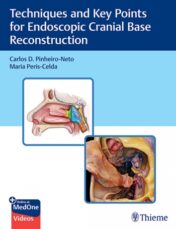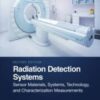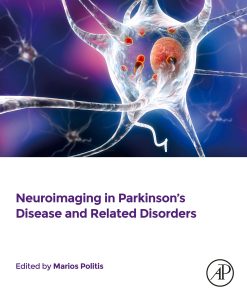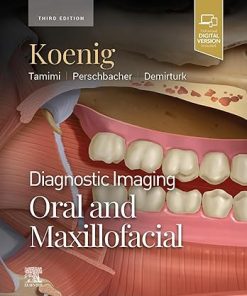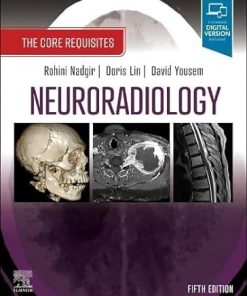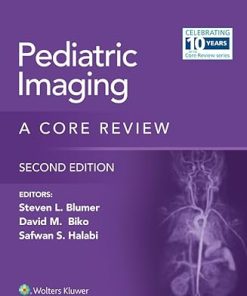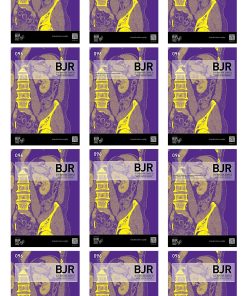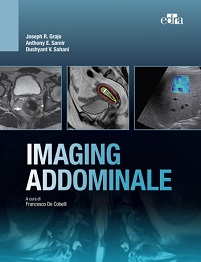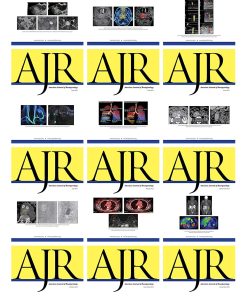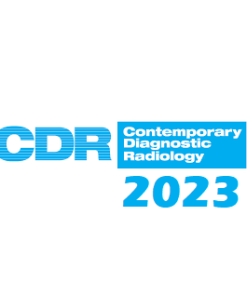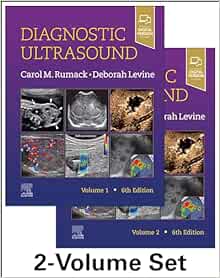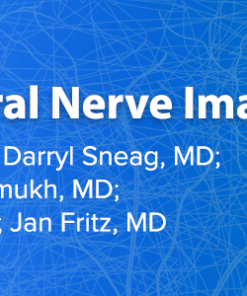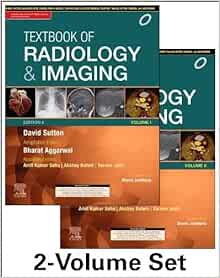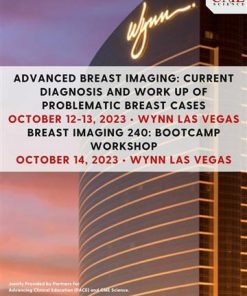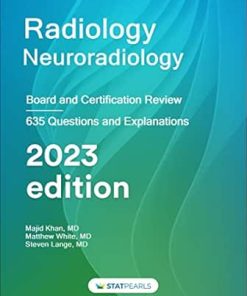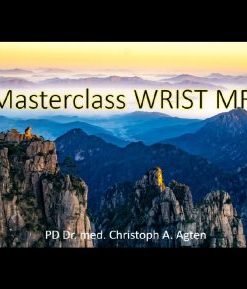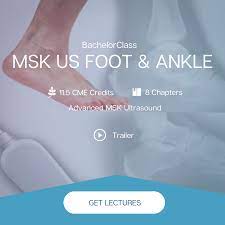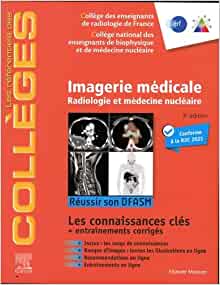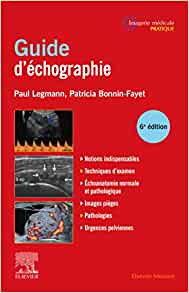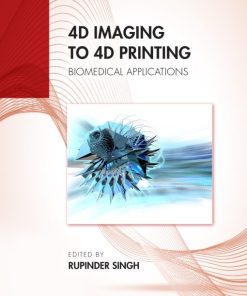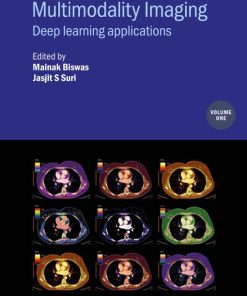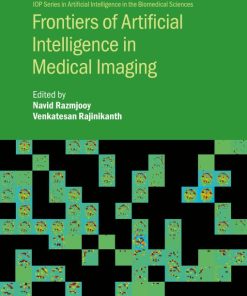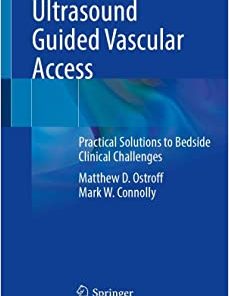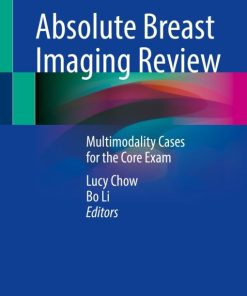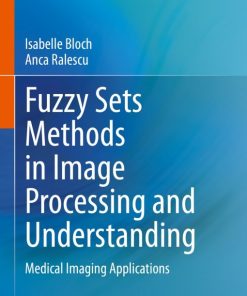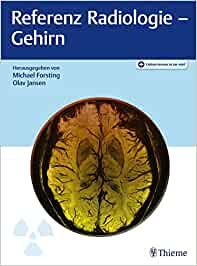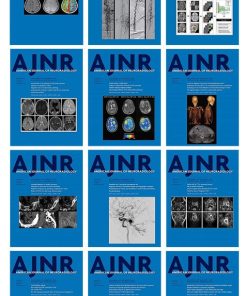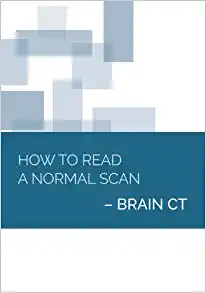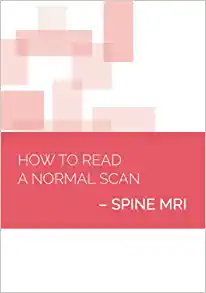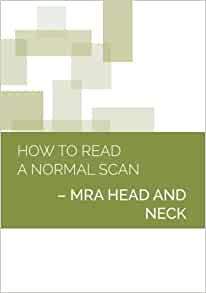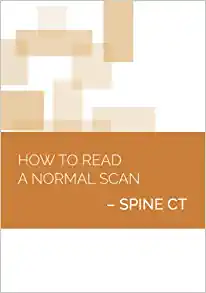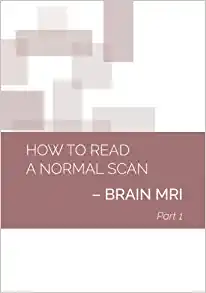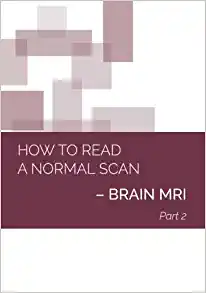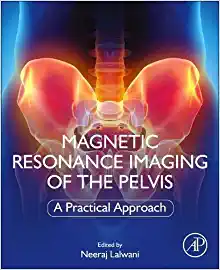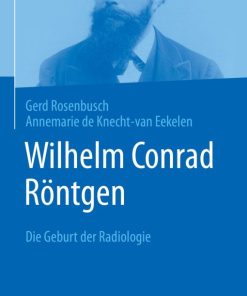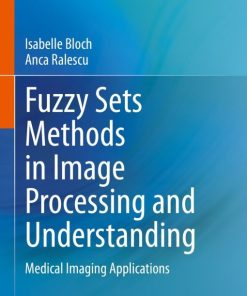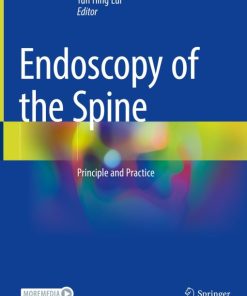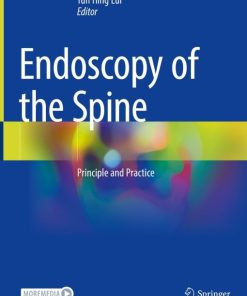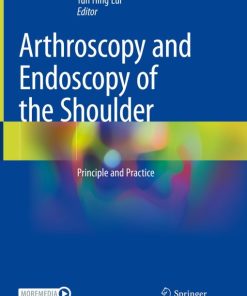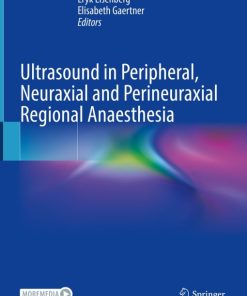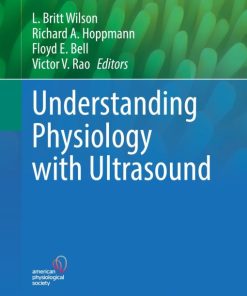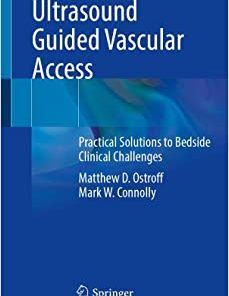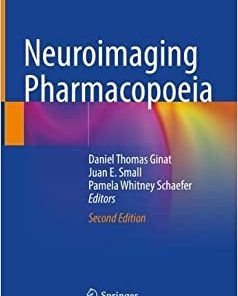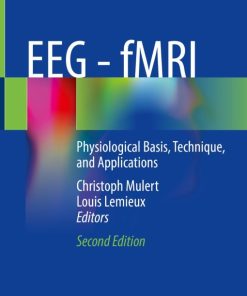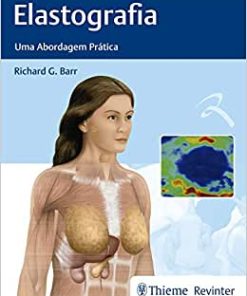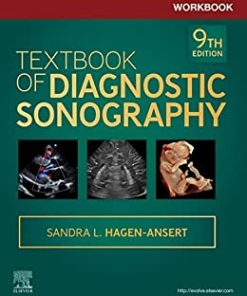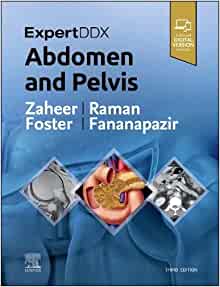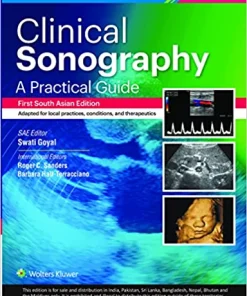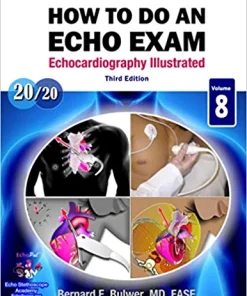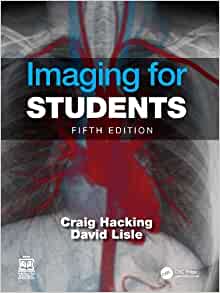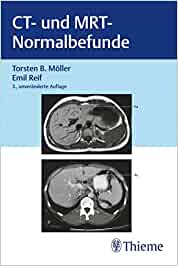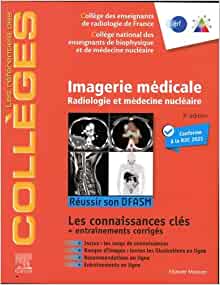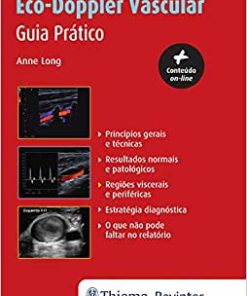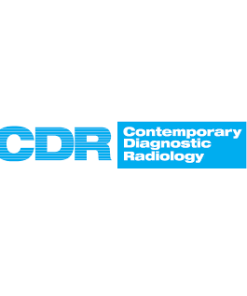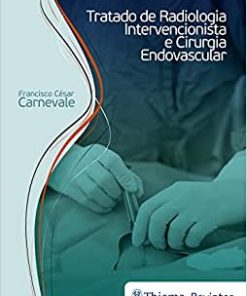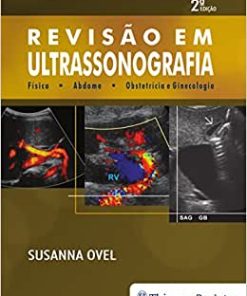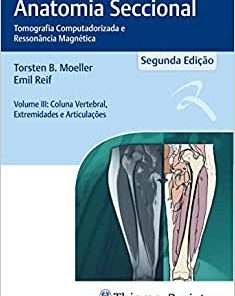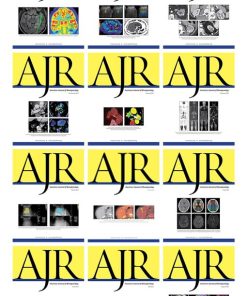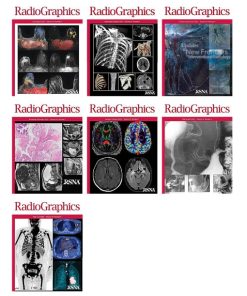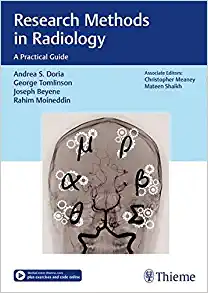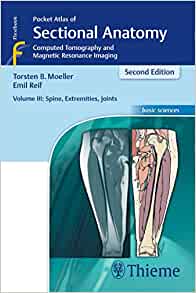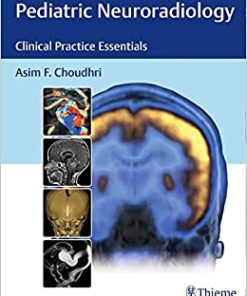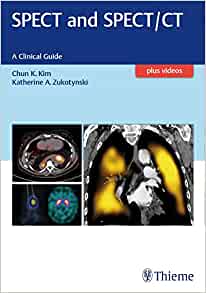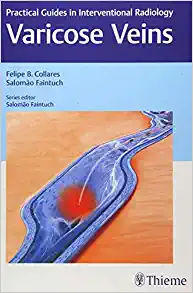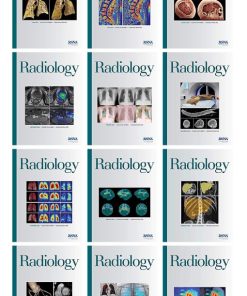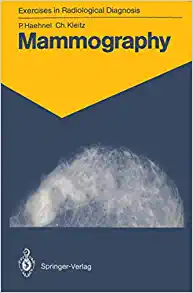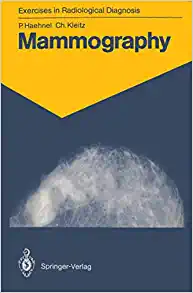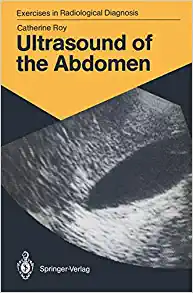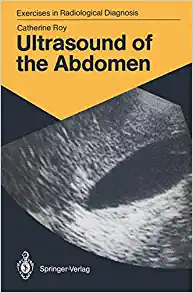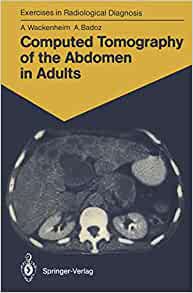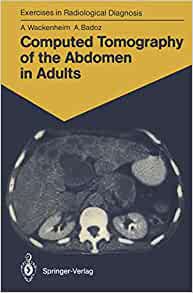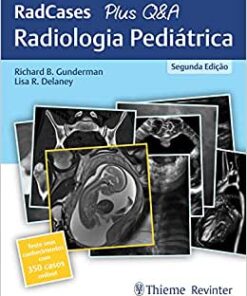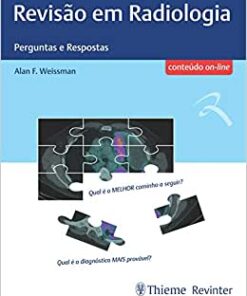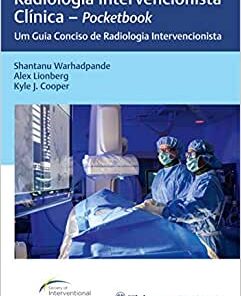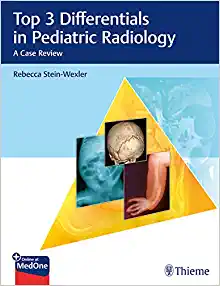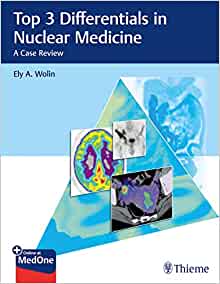Please log in to purchase this product.
Techniques and Key Points For Endoscopic Cranial Base Reconstruction Original PDF+Video’s 2021
Please log in to view the price.
Techniques and Key Points For Endoscopic Cranial Base Reconstruction Original PDF+Video’s 2021
The quintessential guide to endoscopic skull base reconstruction from multidisciplinary experts
Due to close collaboration between otorhinolaryngologists and neurosurgeons, endoscopic endonasal brain surgery has become part of the surgical armamentarium for successful treatment of various cranial base pathologies. Today, it is considered the gold standard surgical technique for many types of skull base tumors. Techniques and Key Points for Endoscopic Cranial Base Reconstruction by pioneering otorhinolaryngologist Carlos D. Pinheiro-Neto and neurosurgeon Maria Peris-Celda, co-editor of Thieme’s acclaimed Rhoton’s Atlas of Head, Neck, and Brain, encompasses the most important endoscopic cranial base reconstruction techniques performed in the last two decades. The book features contributions from an impressive group of additional experts in this field.
Comprised of 26 reader-friendly chapters divided into seven sections, the book starts with discussion of general principles of endoscopic cranial base reconstruction. Sections II through VI provide step-by-step descriptions of reconstructive approaches utilizing diverse flaps including nasoseptal, intranasal, extranasal, and free grafts, followed by free flaps. The final section details management of seven challenging cases that enrich practical clinical experience, from free flap reconstruction to recalcitrant cerebrospinal fluid leak.
Key Highlights
- Decision-making rationales and pearls regarding selection of the most efficacious reconstructive techniques.
- Consistently formatted chapters feature a succinct review of anatomical concepts integral to each procedure, detailed descriptions for each surgical step, and alternative options.
- High-quality and meticulous anatomical dissections performed at the editors’ anatomy laboratory and beautiful illustrations depict the flow of operations essential to understanding surgical nuances.
- Nineteen narrated videos visually demonstrate techniques and consolidate learning.
This must-have, comprehensive resource will help skull base surgeons master the latest techniques, avoid complications, and achieve improved outcomes for their patients.
Related Products
Radiology Books
Targeted Cancer Imaging: Design and Synthesis of Nanoplatforms based on Tumor Biology (EPUB)
Radiology Books
Neuroimaging in Parkinson’s Disease and Related Disorders (Original PDF from Publisher)
Radiology Books
Radiology Books
Radiology Books
American journal of Neuroradiology 2023 Full Archives (True PDF)
Radiology Books
Radiology Books
Radiology Books
JFR Plus 2023 (JOURNÉES FRANCOPHONES DE RADIOLOGIE DIAGNOSTIQUE & INTERVENTIONNELLE) (Videos)
Radiology Books
JFR Plus 2022 (JOURNÉES FRANCOPHONES DE RADIOLOGIE DIAGNOSTIQUE & INTERVENTIONNELLE) (Videos)
Radiology Books
American Journal of Roentogelogy 2023 Full Archives (True PDF)
Radiology Books
Contemporary Diagnostic Radiology 2023 Full Archives (True PDF)
Radiology Books
Textbook of Radiology and Imaging, 2 Volume Set, 8th edition (azw3+ePub+Converted PDF)
Radiology Books
Radiology Books
Medical Image Analysis (The MICCAI Society book Series) (Original PDF from Publisher)
Radiology Books
Advances in Medical Imaging, Detection, and Diagnosis (EPUB)
Radiology Books
Radiology Neuroradiology: Board and Certification Review, 7th Edition (AZW3 + EPUB + Converted PDF)
ORTHOPAEDICS SURGERY
PLASTIC & RECONSTRUCTIVE SURGERY
The Aesthetic Society Nuances in Injectables The Next Beauty Frontier 2022
Radiology Books
Radiology Books
Critical Case Findings and Practice Management in the ED Online Course 2022 (CME VIDEOS)
Radiology Books
Radiology Books
Challenging Cases in Thoracic Imaging: Unknown Film Panel Session Online Course 2022 (CME VIDEOS)
Radiology Books
Radiology Books
Reading Cases with the Experts: An Interactive Session Online Course 2022 (CME VIDEOS)
Radiology Books
Tumor Imaging: CT Colonography Online Course 2022 (CME VIDEOS)
Radiology Books
Radiology Books
Radiology Books
Radiology Books
Radiology Books
Multimodality Imaging, Volume 1 (Original PDF from Publisher)
Radiology Books
Frontiers of Artificial Intelligence in Medical Imaging (Original PDF from Publisher)
Radiology Books
Radiology Books
Absolute Breast Imaging Review (Original PDF from Publisher)
Radiology Books
Fuzzy Sets Methods in Image Processing and Understanding (Original PDF from Publisher)
Radiology Books
Radiology Books
American journal of Neuroradiology 2022 Full Archives (True PDF)
Radiology Books
How to Read a Normal Scan : Brain CT (High Quality Image PDF)
Radiology Books
How to read a Normal Scan: Spine MRI (High Quality Image PDF)
Radiology Books
How to Read a Normal Scan : SPINE CT (High Quality Image PDF)
Radiology Books
Magnetic Resonance Imaging of The Pelvis: A Practical Approach (Original PDF from Publisher)
Radiology Books
Radiology Books
Fuzzy Sets Methods in Image Processing and Understanding (EPUB)
Radiology Books
Radiology Books
Radiology Books
Radiology Books
Ultrasound Guided Vascular Access: Practical Solutions to Bedside Clinical Challenges (EPUB)
Radiology Books
Radiology Books
Workbook for Textbook of Diagnostic Sonography, 9th Edition (Original PDF from Publisher)
Radiology Books
Radiology Books
Radiology Books
How to Do An Echo Exam: Third Edition (Echocardiography Illustrated) (Original PDF from Publisher)
Radiology Books
Imaging for Students, 5th Edition (Original PDF from Publisher)
Radiology Books
Radiology Books
Radiology Books
Eco-Doppler Vascular: Guia Prático (Original PDF from Publisher)
Radiology Books
Contemporary Diagnostic Radiology 2021 Full Archives (True PDF)
Radiology Books
Radiology Books
Radiology Books
American Journal of Roentogelogy 2022 Full Archives (True PDF)
Radiology Books
Radiology Books
Radiology Books
Radiology Books
Radiology Books
Radiology Books
Radiology Books
Radiology Books
Radiology Books
Top 3 Differentials in Pediatric Radiology: A Case Review (EPUB)
Radiology Books
Top 3 Differentials in Nuclear Medicine: A Case Review (EPUB)

